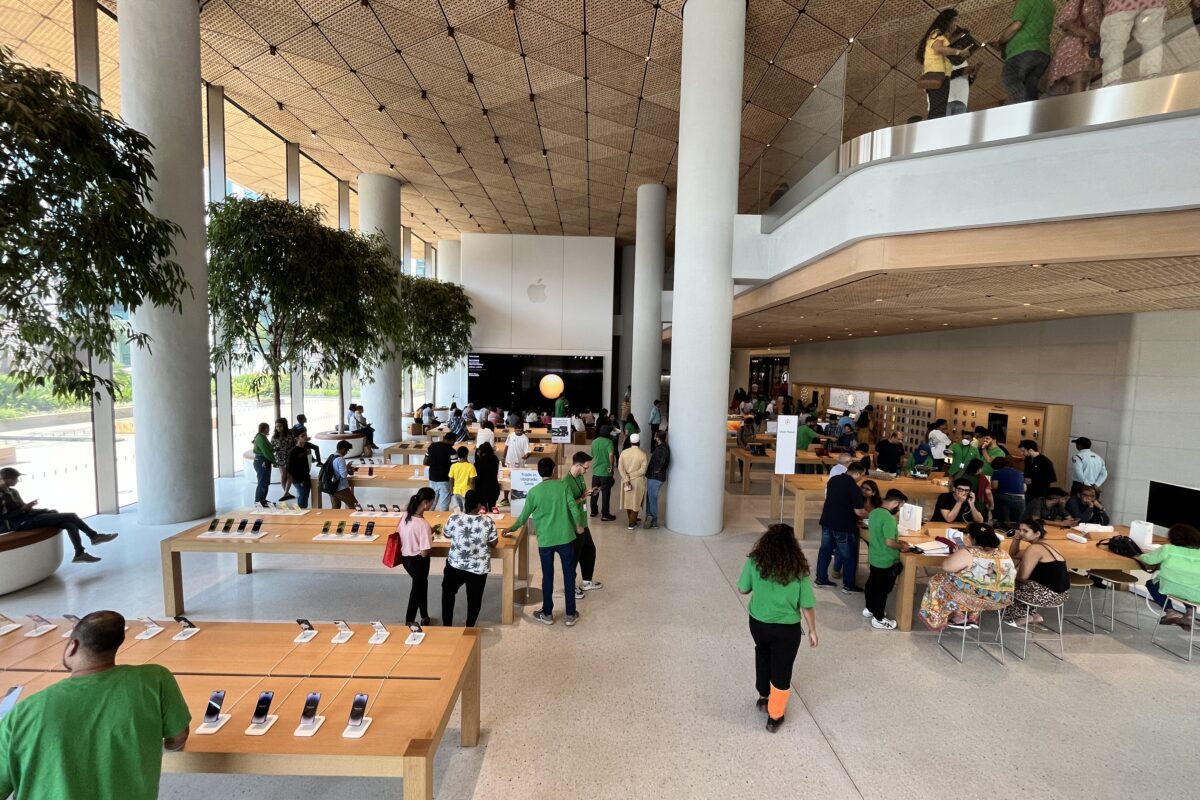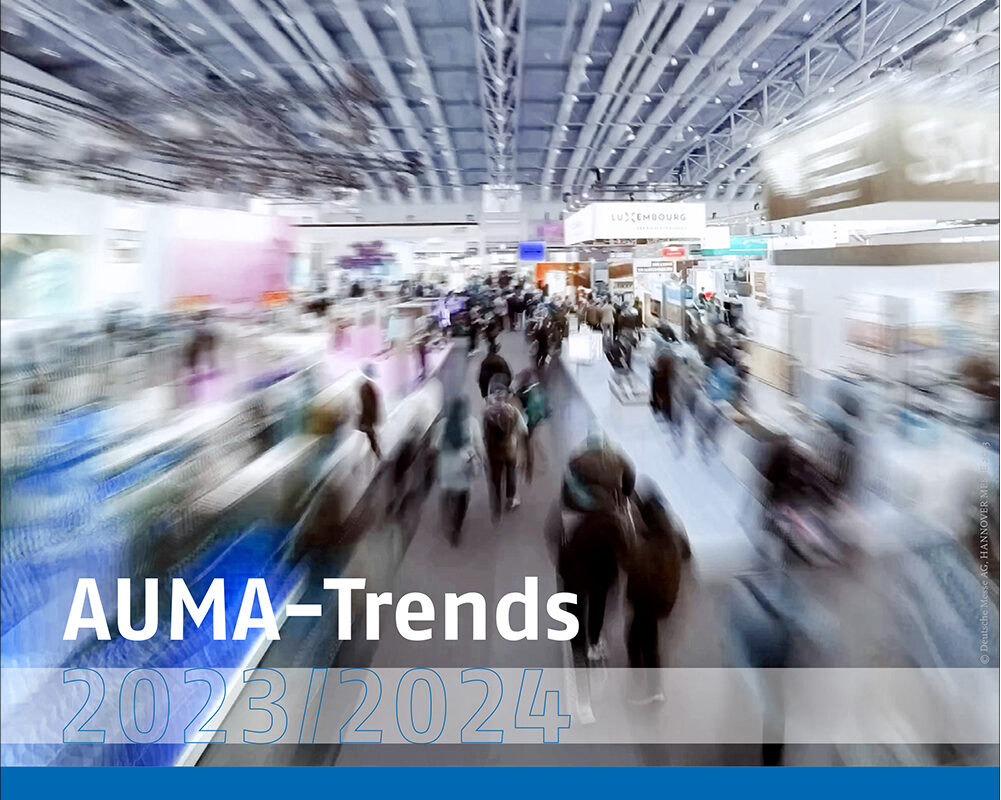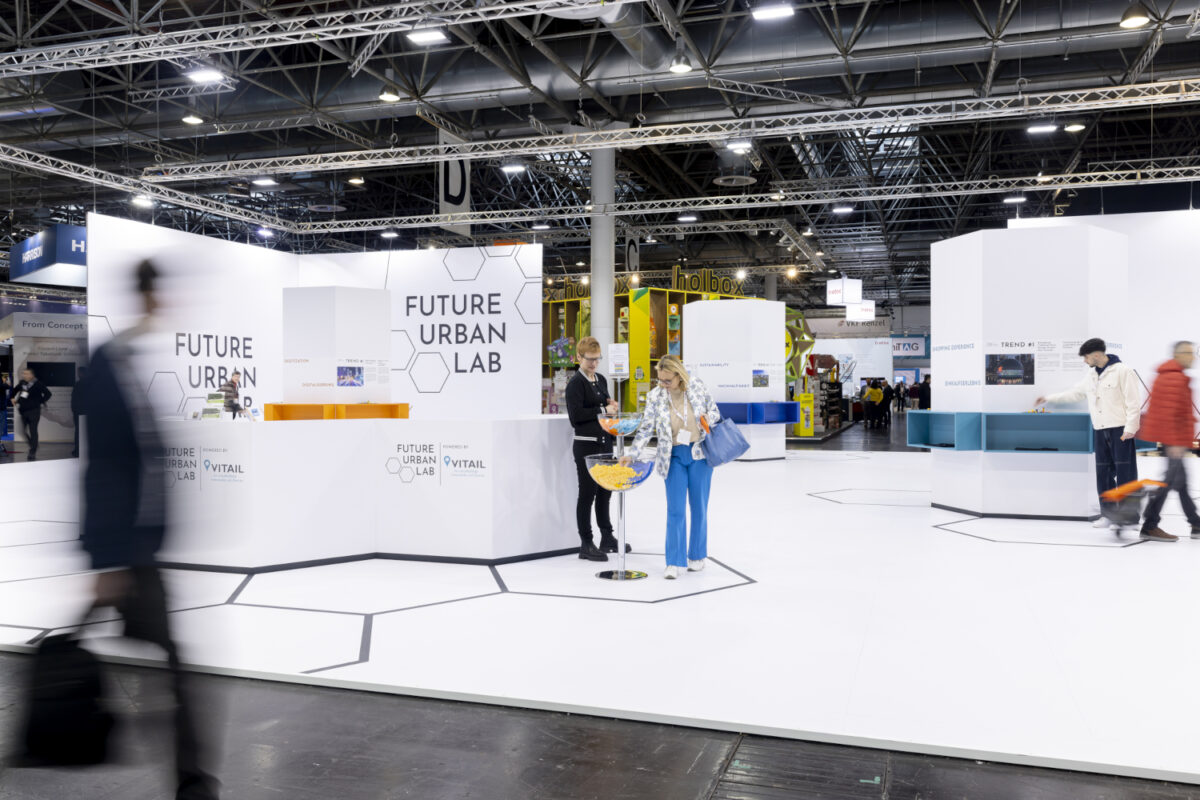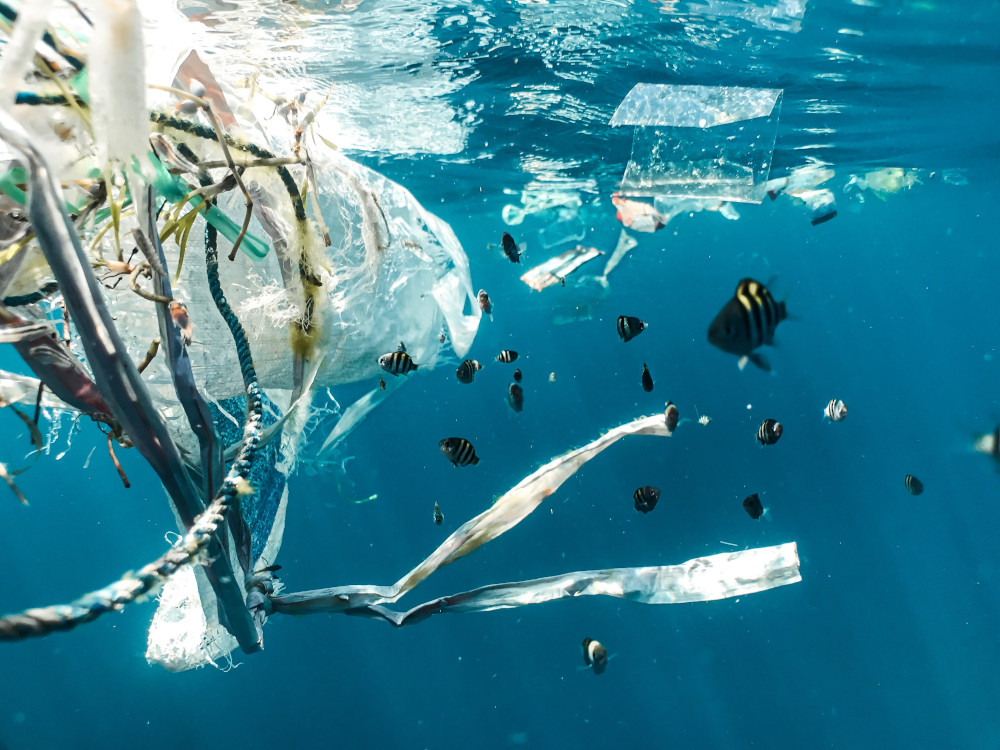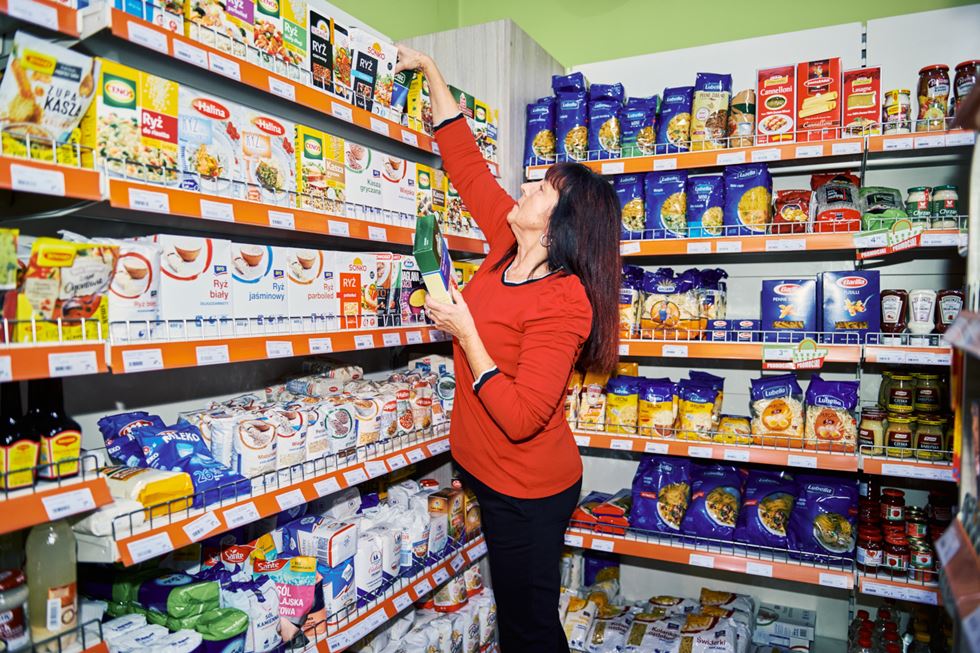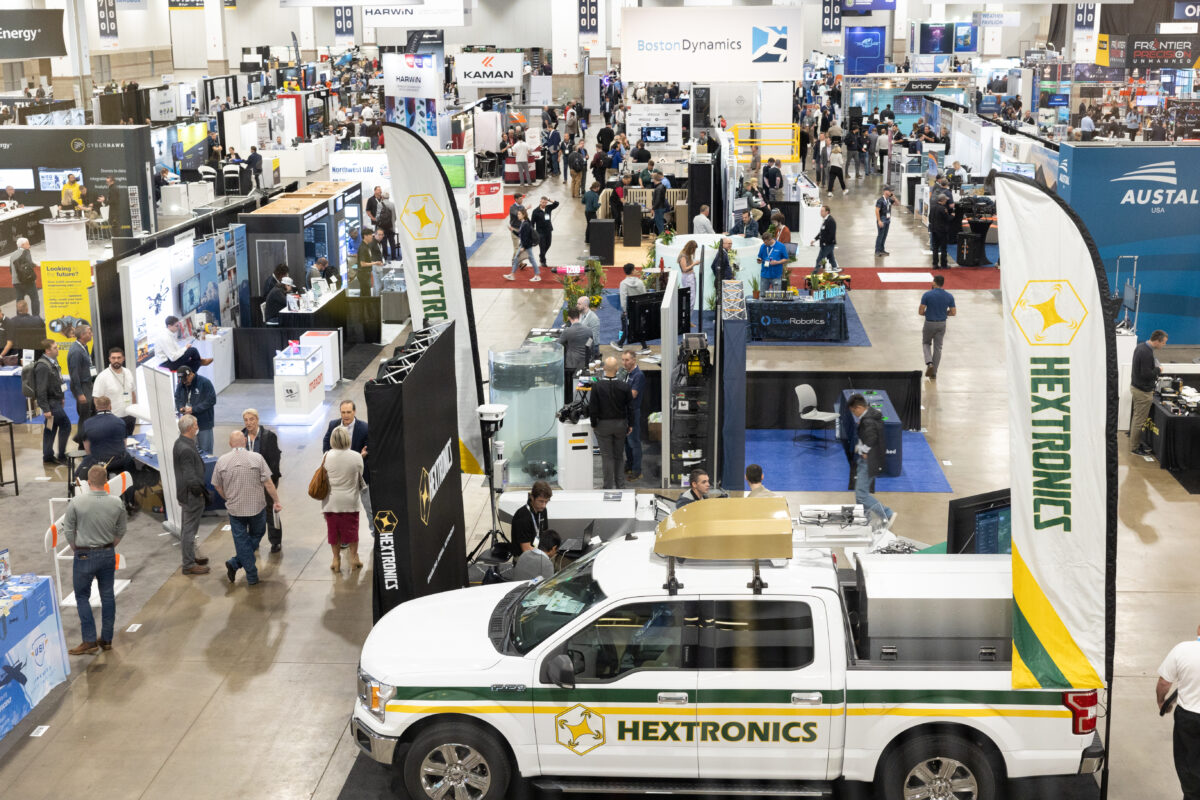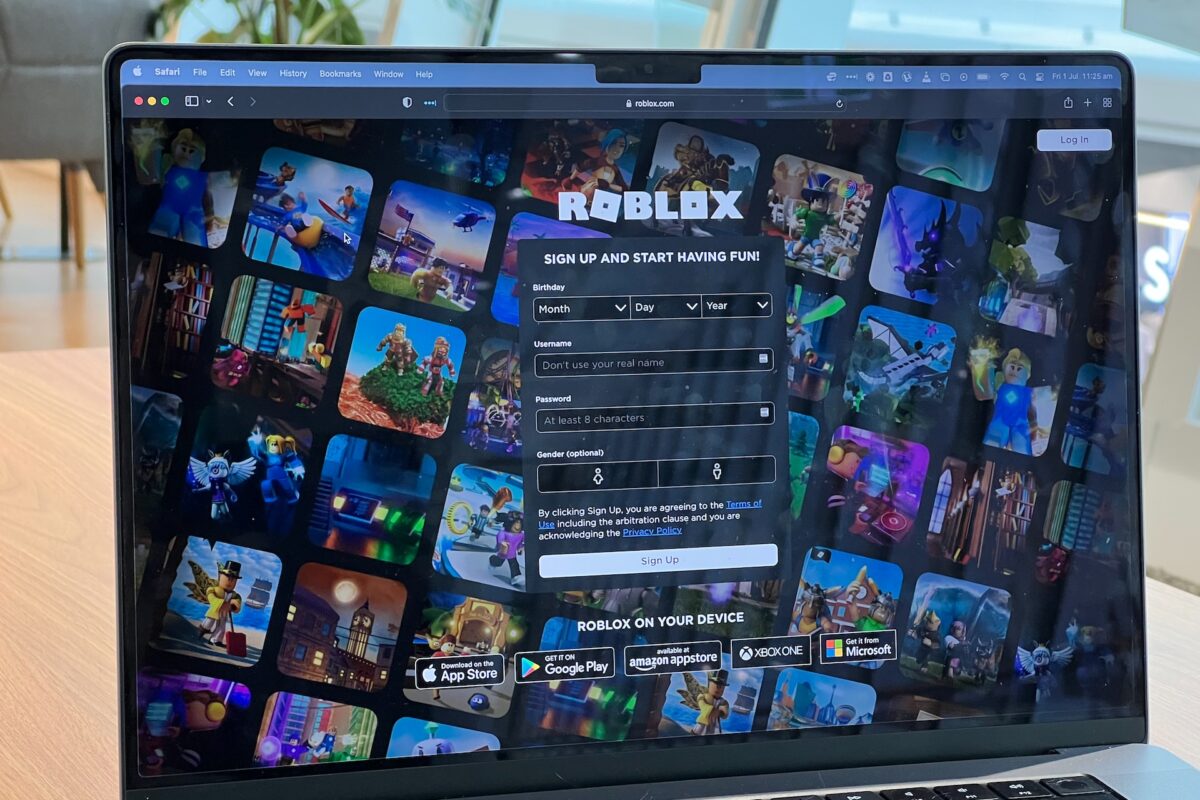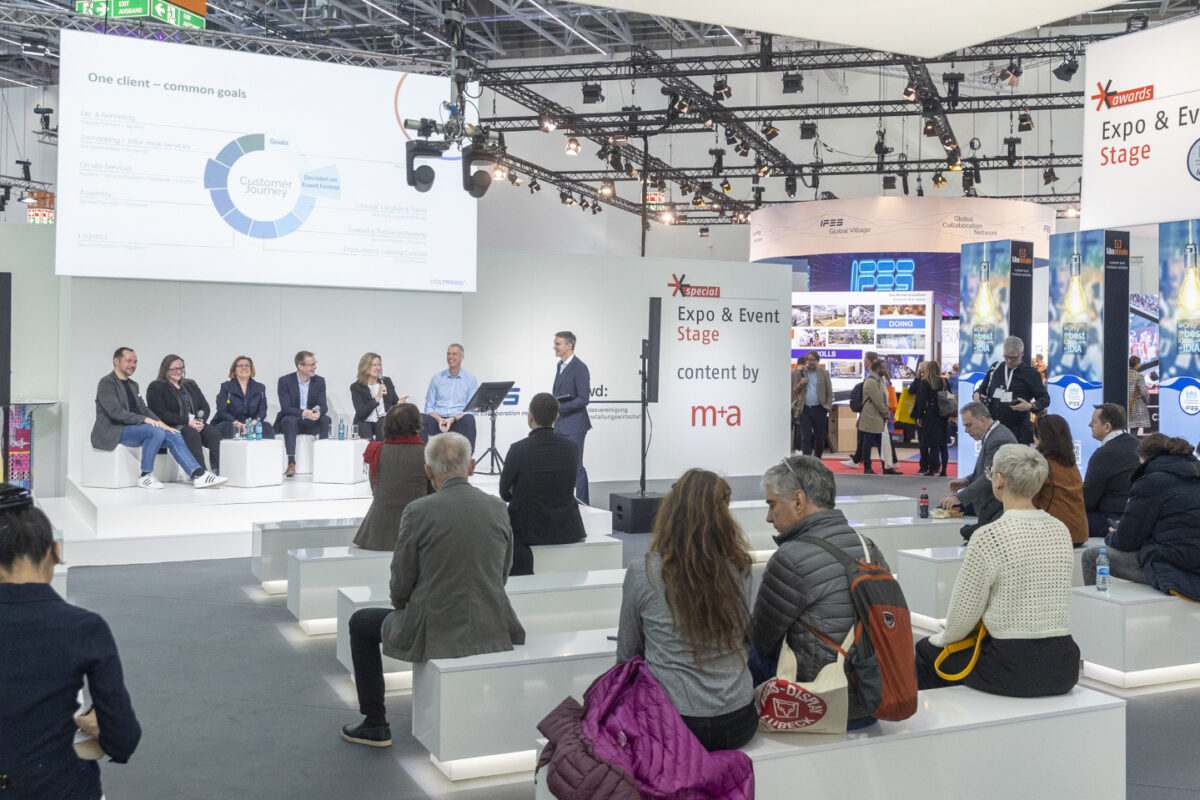The trade fair industry is off to a fresh start – Key points to consider
by Katja Laska (exclusively for EuroShop.mag)
Showcasing products by meeting face-to-face, while making new contacts or reconnecting and strengthening old business relationships – these are key characteristics of in-person trade fair events. Finally, the wait is over, and those benefits are within reach again: The industry is raring to go and wants to put the losses of the last few years behind it. AUMA –Association of the German Trade Fair Industry represents the interests of exhibitors, organizers, service companies, and visitors to trade fairs and increases visibility with campaigns such as #MesseMonatMai (English: TradeFairMonthOfMay).
In this interview, Steffen Schulze, Head of Communications and Marketing, explains why this is more important than ever, describes the role policymakers play in this setting and reveals what the future holds for the trade show industry.

Steffen Schulze // © Steffen Kugler
Mr. Schulze, why does the industry need campaigns like the #MesseMonatMay at this stage and what was the goal?
After having been spoiled by success for years, if not decades, the trade fair industry was probably the hardest-hit sector that was impacted by the coronavirus pandemic of the past two years.
Sweeping trade fair bans and cancellations have pushed trade show venues, event organizers or trades such as trade show booth builders to the brink through no fault of their own. This standstill is unlike anything we experienced in our lifetime. We have shown great solidarity over the past two years. In view of the upcoming winter trade show season, the entire trade fair industry is now calling on policymakers for their support: trade fairs must not be iced out again. We expect smart, forward-looking, and balanced concepts pertaining to how the trade fair industry can navigate the coming winter months successfully. Making things possible rather than prohibiting them should be the core motivation for political action in this setting. This also entails the visibility and strength of an entire industry.
What is your assessment of the #MesseMonatMay (so far)?
The trade magazine m+a report published this at the end of the month: “#MesseMonatMay has untied several impossibly tangled knots and prompted a liberating effect. Most notably, it has shown what the industry is capable of achieving or willing to do (even with limited on-board resources). That gives us reasons for hope after the long drought…” We agree wholeheartedly with that assessment.
What are the current challenges for trade fairs?
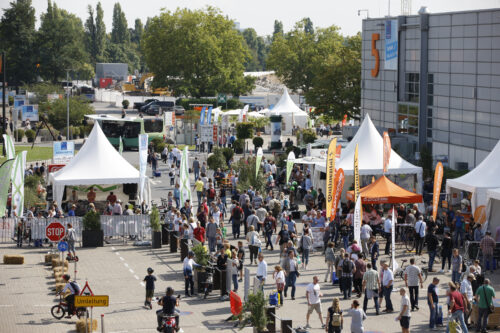
Many visitors enjoy the beautiful weather at the Caravan Salon // © Messe Düsseldorf/C.Tillmann
The pent-up demand for in-person engagements is enormous. The industry will be able to manage the tight trade fair schedule this summer, which is brought on by bans, cancellations, and postponements over the past two years. But it will take enormous effort and cannot become a permanent state. Order cycles in various industries also argue against more trade fairs in the summer season. What’s more, international trade fair schedules are closely intertwined, and must first be untangled and synchronized again. We also regret the loss of many highly motivated people in our industry. You might have instances where a trade show almost doesn’t happen because there is no available electrician who can install the necessary networks in the respective trade fair booths. We lack skilled experts in many places as we embark on this third restart since 2020. Trade show organizers and service providers have lost good people, many of whom lacked prospects following the extended period of an almost total ban on trade fairs – even though this is the job of their dreams.
Trade show planning is becoming more complex for exhibitors and trade fair organizers as this entails an increasing combination of digital and analog formats. It changes demands and requirements and necessitates additional investments in qualifications and technology.
From your perspective, how does the German trade fair landscape differ from other European countries or the global setting?
Germany is the world’s number one location for international trade fairs. Trade shows are the place for small and medium-sized companies to meet in this country. Nine out of ten exhibitors at German trade fairs have fewer than 500 employees. Our small and medium-sized companies play a defining role in the country’s economic success. The hidden champions, which only employ up to 500 workers have access to almost 70 trade fair sites in Germany, connecting them with both the national and international markets. While trade fairs in China primarily attract Chinese exhibitors and visitors, trade shows made in Germany entice companies from all over the world.
As we look into the future, what will trade shows look like 20 years from now?
Not a single trade show will look like it does today twenty years from now. To be fair, trade shows in 2022 don’t look like trade shows did back in 2002 either. That’s because trade fairs have always reflected their respective industry sectors at any given time. Change is their constant companion, except the innovation cycles are getting shorter. But what stays the same is that trade fairs are the place where emotional experiences are created. They are the first place to go for acquisitions, and the emporium of the economy par excellence – all in one place, in the same time zone. Undoubtedly, future trade shows will have a much higher percentage of digital content. Digitization helps trade fair organizers tremendously in delivering more value to exhibitors and visitors, whether it pertains to community building or co-creation. Digital bridges reach new target audiences and enable the participation of exhibitors and visitors who might otherwise not travel to a physical location to get a first impression. Having said that, new connections, innovative collaboration, and long-term relationships are created through face-to-face interactions. That’s a combination you only get at live trade fairs.
What is your advice for exhibitors who are still hesitant to participate in a trade show after this long period of cancellations?
Proper preparation is the key to visible trade show success. AUMA offers companies free tips (in german) – including check lists to choose the right trade show to attend, tips on digital enhancements, and advice on how to set effective goals and embrace sustainability. Despite the pandemic or the digital realm, trade shows have lost none of their importance – but they need to do a better job of explaining their objectives. In fact, after the disruption by the first years of the coronavirus pandemic, many of today’s exhibitors are even more committed to trade fairs than they were years ago. Digital extensions also ensure that companies increase their visibility and reach.






